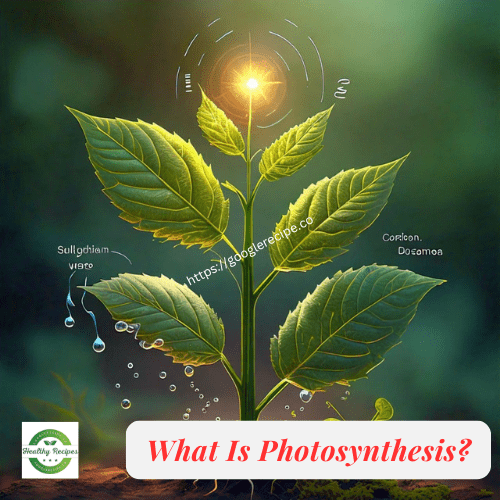Cloud Seeding
How Weather Modification is Being Affected
by Cloud Seeding
Cloud seeding? Cloud seeding is a type of weather modification that aims to change the amount or type of precipitation, like making it rain more or changing rain into snow.
When we talk about cloud seeding, we aren’t creating a completely new season. Instead, we’re just modifying the weather a bit, like increasing the amount of rain when there’s not enough. If we want more snow or hail, we try to change the weather to get the desired result.
Cloud seeding involves?
Cloud seeding involves introducing substances like silver iodide or dry ice into the clouds. These substances act as condensation nuclei, meaning they help water vapor in the clouds form droplets or ice crystals, which can then fall as rain or snow.
Cloud seeding was first proven
The concept of cloud seeding was first proven by Vincent Schaefer in 1946. He showed that artificial rainmaking is possible by cooling moist air to create precipitation. Before this, humans tried various methods to make it rain, but they didn’t work as reliably.
To understand artificial rainmaking, we need to know about condensation nuclei. These are small particles in clouds that water vapor can condense around to form droplets. If clouds don’t have enough of these particles, it won’t rain, even if the air is saturated with moisture.
By introducing condensation nuclei into clouds, we can encourage rain or snow to form. For example, silver iodide is used because its structure is similar to ice, making it effective for this purpose.
Different types of cloud seeding
There are different types of cloud seeding, such as hygroscopic seeding for warm clouds and seeding for cold clouds. In cold clouds, temperatures are below freezing, and water droplets remain in a supercooled state. By adding particles like silver iodide, we can encourage these droplets to form ice crystals and fall as snow.
Cloud seeding can be done using aircraft or from the ground. The chemicals are dispersed into the clouds, causing precipitation to form. However, cloud seeding only works if there are already clouds present.
Benefits of cloud seeding
The benefits of cloud seeding include increasing crop productivity, improving vegetation cover, enhancing hydroelectric power production, and reducing the impact of drought. However, it can also be expensive and requires a lot of research and expertise. Additionally, the chemicals used can be harmful to the environment and humans.
Cloud seeding modifies existing weather conditions to increase precipitation. It has advantages and disadvantages and requires careful planning and execution.
Conclusion
Cloud seeding is a weather modification technique used to increase precipitation by introducing substances like silver iodide or dry ice into clouds. It has potential benefits such as boosting crop productivity, enhancing vegetation cover, improving hydroelectric power production, and reducing the impact of drought.
However, it also has drawbacks, including high costs, the need for extensive research and expertise, and potential environmental and human health risks from the chemicals used. Overall, while cloud seeding can be a valuable tool in managing water resources, it requires careful consideration and responsible application.
FAQs on Cloud Seeding
1. What is cloud seeding? Cloud seeding is a weather modification technique that aims to increase the amount or change the type of precipitation by introducing substances into clouds to encourage the formation of rain or snow.
2. How does cloud seeding work? Cloud seeding works by dispersing substances like silver iodide or dry ice into clouds. These substances act as condensation nuclei, helping water vapor in the clouds form droplets or ice crystals, which then fall as precipitation.
3. What substances are used in cloud seeding? Common substances used in cloud seeding include silver iodide, potassium iodide, and dry ice (solid carbon dioxide). These substances help in the formation of precipitation by acting as condensation or ice nuclei.
4. Who first demonstrated the feasibility of cloud seeding? Vincent Schaefer first demonstrated the feasibility of cloud seeding in 1946. He showed that artificial rainmaking is possible by cooling moist air to create precipitation.
5. What are the benefits of cloud seeding?
- Increased crop productivity
- Enhanced vegetation cover
- Improved hydroelectric power production
- Reduced impact of drought
6. What are the drawbacks of cloud seeding?
- High costs and need for extensive research
- Potential environmental and human health risks from the chemicals used
- Limited effectiveness in the absence of suitable clouds
7. Can cloud seeding create new clouds? No, cloud seeding cannot create new clouds. It can only modify existing clouds to increase precipitation.


